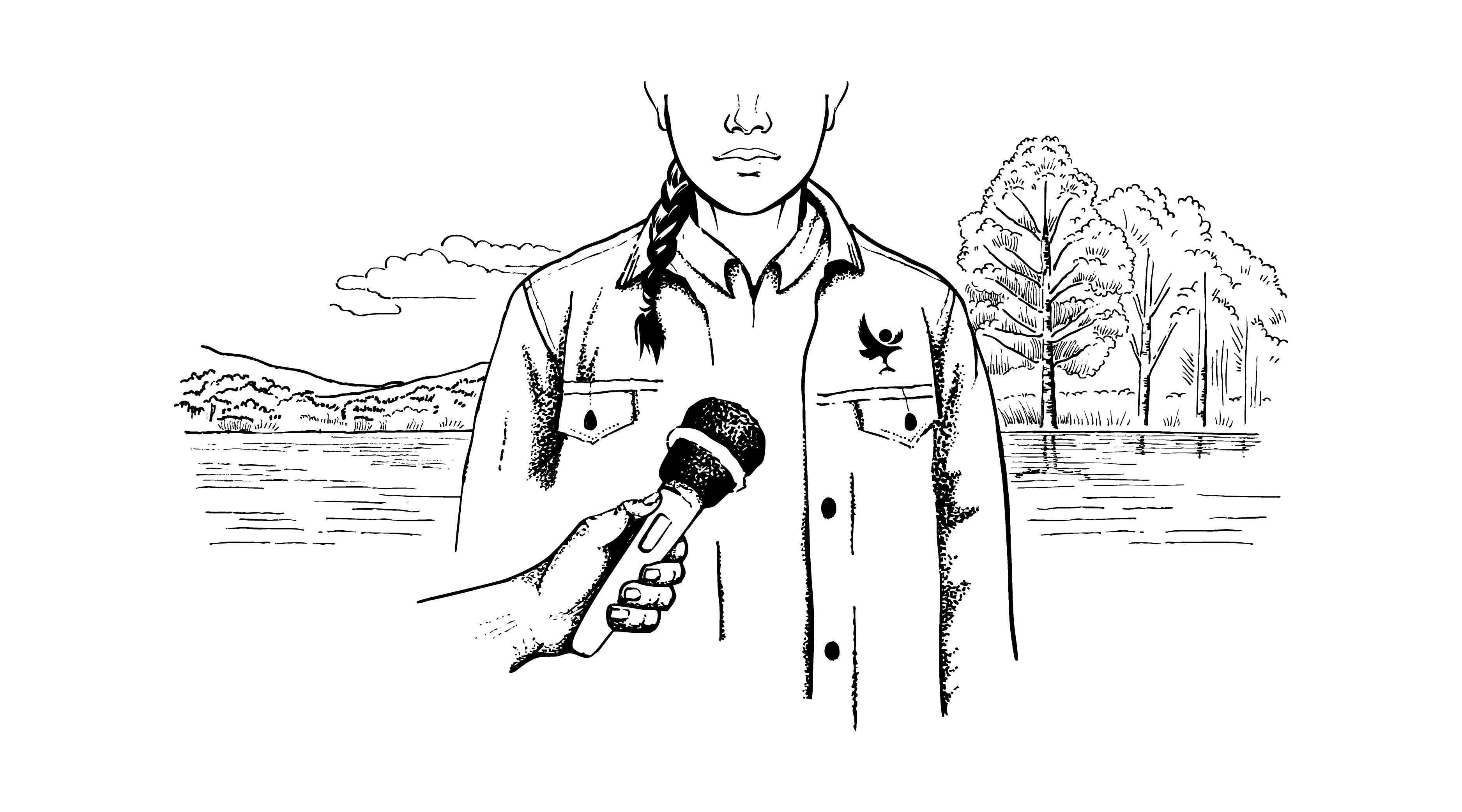Historic building restored to former glory

Historic building restored to former glory
A historic cottage that dates back to the 18th century and is one of the last remaining of its type in Scotland is set for the latest phase of its restoration programme.
The board of the Cairngorms National Park Authority (CNPA) approved plans to carry out conservation works on Auchtavan Cottage and mill building in Glen Feardar, Braemar, at a planning committee in Grantown on Friday 12th January. It followed a recommendation by CNPA planners to give the programme the go-ahead.
The cottage is one of the last remaining cruck framed structures with hanging lum in Scotland and was designated as an ‘A’ listed building, which means it is of national importance, by Historic Scotland. Due to its listed status, the board approval is only conditional on the application not being called-in by Historic Scotland. The nearby Horse Mill is a former threshing mill and granary and has been designated as a ‘B’ listed building.
Both structures are derelict and have become run-down in recent years, but the applicants, Braemar Community Ltd, are now planning to carry out extensive restoration programmes to conserve and enhance them. It follows an earlier project at the cottage where a shelter was built to protect the building.
The work will adopt an archaeological approach to ensure as much of the original fabric as possible is retained and re-used. Photographic records will be taken of all areas of the existing buildings and the stones will be examined to ensure the appropriate repair work is carried out. Wherever possible existing fabric or traditional lime mortar will be used. Where new materials are needed, locally sourced timber and turf from local hillsides will be used to maintain the buildings historic appearances.
The work on the cottage will see parts of its roof re-turfed. Grass from local hillsides will be used to match the existing roof turf. Salvaged corrugated will be lain over it to protect the roof from any further damage.
The work at the Horse Mill will be less extensive as the roof is in better condition. Mortar joints are to be re-pointed where necessary with traditional lime mortar. The timber loft door is also to be repaired.
Andrew Tait, Development Control officer at the CNPA, said: “This is clearly a very positive proposal that contributes strongly towards the aims of the park both in terms of conserving and enhancing cultural heritage but also on the basis of being a local community project.
“The restoration of the buildings would contribute to both the cultural heritage but also to the wider historic value of settlement in the landscape. In the longer term, the proposal will contribute to the understanding and enjoyment of the area. Restoration work may also help to provide training in traditional building methods.
“The application is in effect a community proposal and the community is working together with historic bodies to rescue the building. As such the scheme is contributing towards the social development of the area and may also prove to be an important educational tool in the future for local schools and other organisations with an interest.”
The application was approved with several conditions including:
Work must begin within five years.
The developer shall secure the implementation of an archaeological watching brief, to be carried out by an Archaeology Service on behalf of the CNPA acting as planning authority during development work .
Exact specifications for new windows and doors shall be submitted to and approved in writing by the CNPA acting as planning authority prior to any windows/doors being installed. The windows doors installed shall be in accordance with the approved specifications.
Prior to the commencement of any work full details of any materials to be brought onto the site shall be submitted to and approved in writing by CNPA.
Alert
Latest from the National Park
Pulling together in wake of wildfires
An update from Park Authority Convener Sandy Bremner and Chief Executive Grant Moir on collective efforts to tackle wildfires in the National Park going forward.
The Moorland Indicators of Climate Change Initiative
Update on wildfire situation
Convener Sandy Bremner and Chief Executive Grant Moir have given an update on the ongoing wildfire situation.
Relevant alerts
-
There is an extreme risk of wildfire impacting the National Park from Friday 11 July until Monday 14 July.
- Do not light any fire or barbeque
- Always ensure cigarettes are fully extinguished and take your litter (including glass) away with you
- Enjoy the outdoors responsibly - most wildfires are caused by human activity
- Stay alert - with dry vegetation and warm weather, fires can start easily, spread rapidly, and burn intensely
- If you see a wildfire, dial 999
For updates, visit the Scottish Fire and Rescue Service website.




